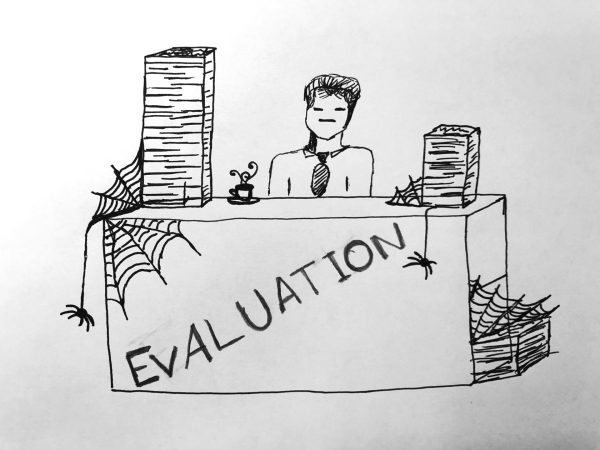Is the fidget spinner craze finally over?
October 2, 2017
The fidget spinner craze has taken over.
Every store seems to have fidget spinners. They come in several different colors from dark orange to multi-color to purples, and some of them even light up.
Recently I found myself asking, “What use, if any, does a fidget spinner have and what is the science behind it?”
I have read many online articles about the fidget spinner, and it seems like they are used to help people who fidget. This includes people who bite their nails, tap pencils or curl their hair around their fingers, like we all do at various times in our lives when we are nervous or anxious.
The fidget spinner looks similar to a 3-prong fan blade. It is meant to occupy your hands by spinning it and thereby keeping you from fidgeting.
I wondered if this spinner was all it was cracked up to be, so I decided to buy one and test it out myself.
When I went to the store to purchase mine I had a hard time picking out the color because there were so many from the shiny gold one for $15.00 to the plain black one at $7.95. A bright red one caught my eye and, since it was cheaper than the rest at $5.95, I bought it.
I was anxious on the ride home; I could not wait to try out my very own fidget spinner. I put it between my fingers and gave it a spin.
It made a whirring sound while it was spinning and then slowed down so that I had to spin it again. I tried it out on the coffee table, the kitchen table and the top of the microwave. It did not do anything spectacular except whirl.
I decided that the science behind the fidget spinner is simple: you will not fidget, as long as your brain is occupied with watching the ritual of the spinning motion. This is because rituals can sometimes offer comfort in predictability, as well as a kind of familiarity and structure that is sometimes absent in our daily lives.
In the meantime, if you do not own a fidget spinner, do not despair. I still think it is fine to fidget once in a while.
Scribbling and drawing pictures while listening to a lecture may actually assist us with our cognitive abilities and help us remember more of the lecture.
If twirling your hair around your finger helps ease your anxiety of taking a test, by all means, go for it.
We are all human and we are all going to fidget sometimes, it is a fact of life. We all do not really need a fidget spinner, do we?
Cindy Huff is an aging studies major. She can be reached at 581-2812 or [email protected].












































